Washington Navel Orange Tree
$109.50 Original price was: $109.50.$76.65Current price is: $76.65.
- Free Shipping over $25
- Fast & reliable delivery options
- Enjoy top quality items for less
- Multiple safe payment methods

Oranges are such a popular fruit that over the years many different varieties have developed, for different purposes and seasons. The most popular type of orange for eating and salads is the navel orange. It has a loose skin that peels easily, and no seeds that need to be removed. The flesh is firmer than other kinds, while still juicy, so the segments are easy to handle without making a big mess, and they stay intact in salads and desserts. The fruit is large, so each one gives plenty of fruit, and they can also be juiced if you wish.
Of all the varieties of navel oranges, the Washington Navel Orange stands out. It has exceptionally large fruits, with a very loose skin for easy peeling, and the flesh is very sweet, juicy and well-colored. Like all navel oranges it is of course also seedless. It ripens its fruit during the winter months, just when Vitamin C is most needed, especially by children, and oranges are packed with Vitamin C – and tasty too. These trees are called ‘navel oranges’ because each fruit has a small, second fruit, growing partially inside the base of the main fruit, giving it a characteristic appearance like an person’s navel.
Growing Washington Navel Orange Trees
The Washington Navel Orange is more cold-tolerant than some other varieties of orange trees, and it will survive temperatures as low as 28 degrees for short periods. This means that it can be grown successfully in warmer parts of zone 9, as well as in the classic citrus areas of zone 10. If you live elsewhere, don’t worry, you can easily grow this tree in a large pot or container, and you only need a cool, bright place to keep it when temperatures fall below 40 to 45 degrees. In the ground it will grow into a tree 15 or 20 feet tall, but in a container it will remain a lot smaller, so it will be easy to move around as needed.
Appearance
Even without fruit on it this is a handsome tree, with glossy, evergreen foliage of a rich green. In spring your tree will be covered with fragrant white blossoms, with the famous ‘orange-blossom’ perfume. As the petals fall tiny green oranges will be seen, and these develop steadily over summer until by Christmas some will have turned orange and have ripened into sweet eating. The main crop will be ready early in the new year, and continue into March, as fruit lasts well on the tree – the ideal place to store it. If you want to have oranges in summer too, we recommend you grow the Olinda Valencia Orange Tree as well.
Planting Location
The Washington Navel Orange should be grown outdoors in a sunny location, in most kinds of soil that drain well. If your drainage is poor, build a mound about 6 inches high, and several feet across. Plant your tree in the center of the mound, and it will grow well. It grows best in areas with drier climates, such as California and Arizona, rather than more humid ones. This tolerance of dryness also makes it the number one choice for pots, where these are kept in the drier air of a house during winter.
Growing in a Pot
To grow this tree in a pot, choose a pot with a drainage hole, and never stand your tree in a saucer of water. Use a potting soil that is designed for outdoor trees, and you may be able to find one specially for citrus trees. Use a citrus fertilizer regularly from spring to fall. Allow the soil to dry a little between each watering, and always water well, so that some escapes through the drainage hole. Keep the tree in a brightly-lit, cool place while the outside temperatures are below 40-45 degrees. The fruit will continue to ripen indoors, and you will still enjoy a great crop, without even stepping outside.
History and Origins of the Washington Navel Orange
The navel orange has deep historic roots. It developed as an unusual branch (called a ‘limb sport’) on an orange tree growing in the grounds of a monastery near Bahia, Brazil, around 1815. This novel tree was quickly spread around the world, and it arrived in the USA around 1870. It grew well in California, and early trees were grown by the Tibbett family of Riverside, California. It seems that they were the first people to attach the label ‘Washington’ to the specific trees they grew, which provided material for growers all across the state. There are other versions of the origins of this tree, and no one is completely certain how it arose.
Be the first to review “Washington Navel Orange Tree” Cancel reply
Related products
Fruit Trees
Fruit Trees
Berry Bushes
Citrus Trees
Berry Bushes
Citrus Trees
Citrus Trees
Cherry Trees


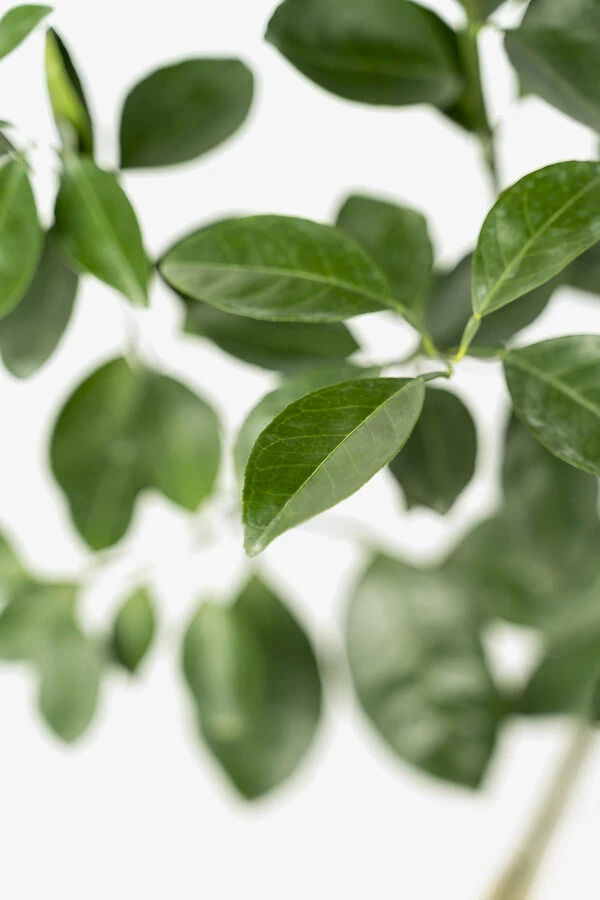



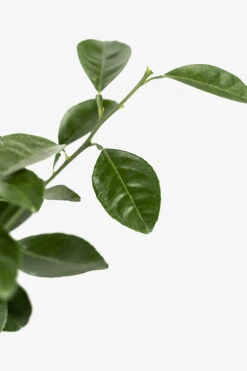
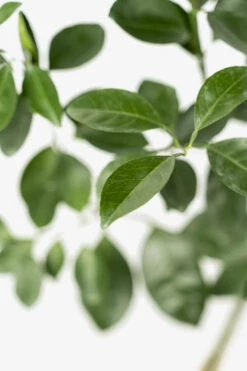
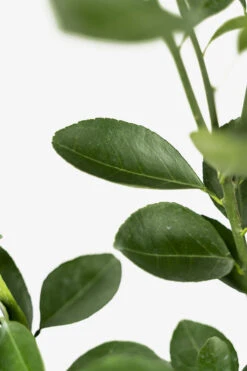

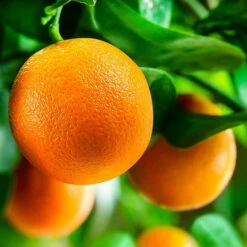

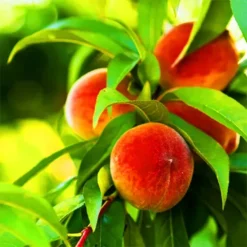
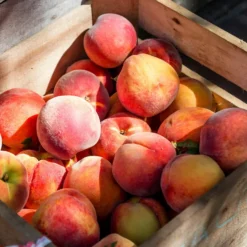

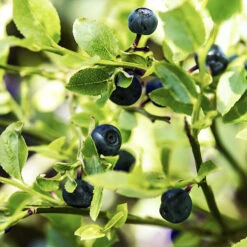
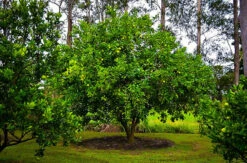
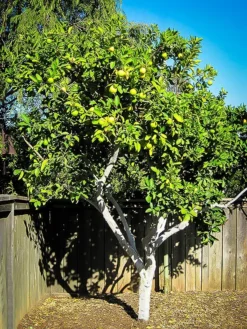

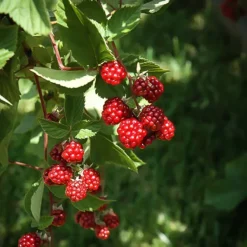
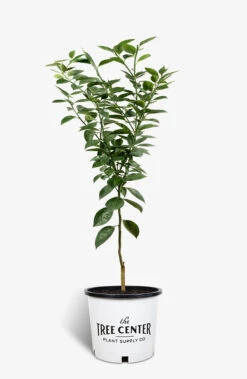
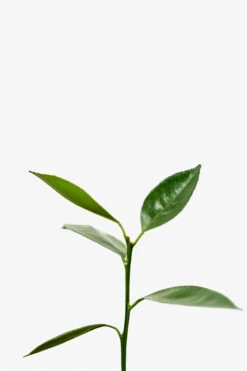
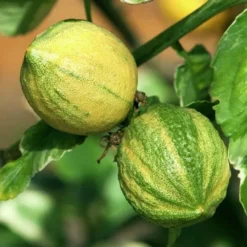

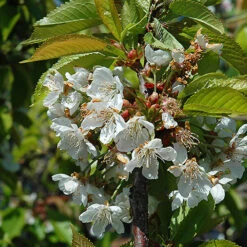
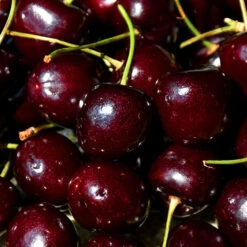
Reviews
There are no reviews yet.